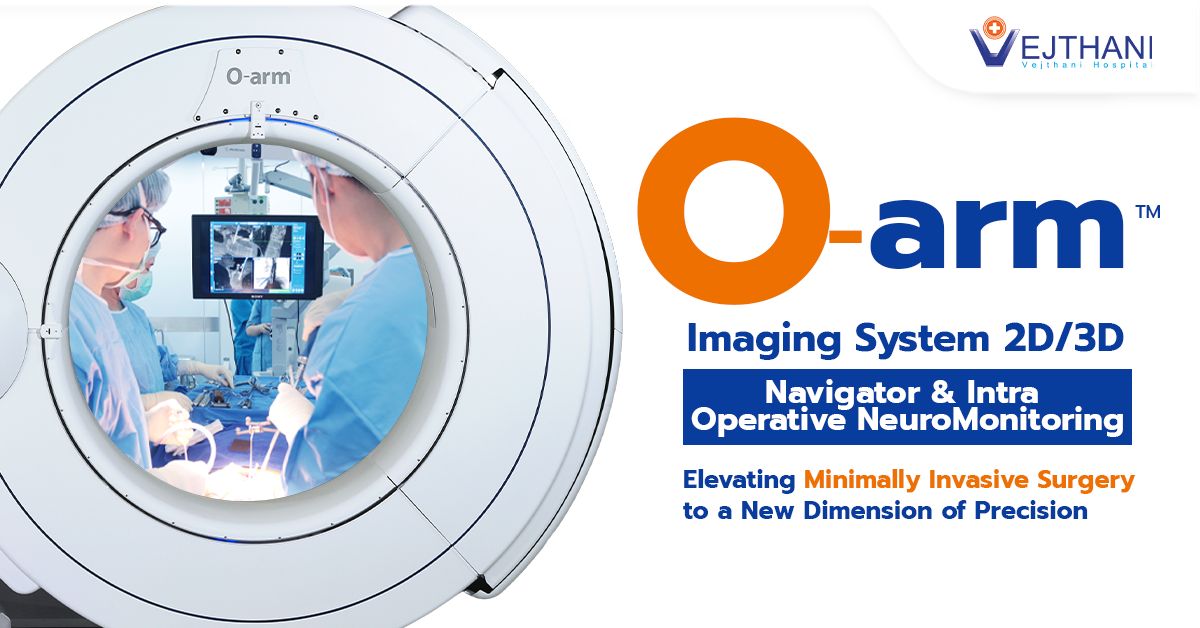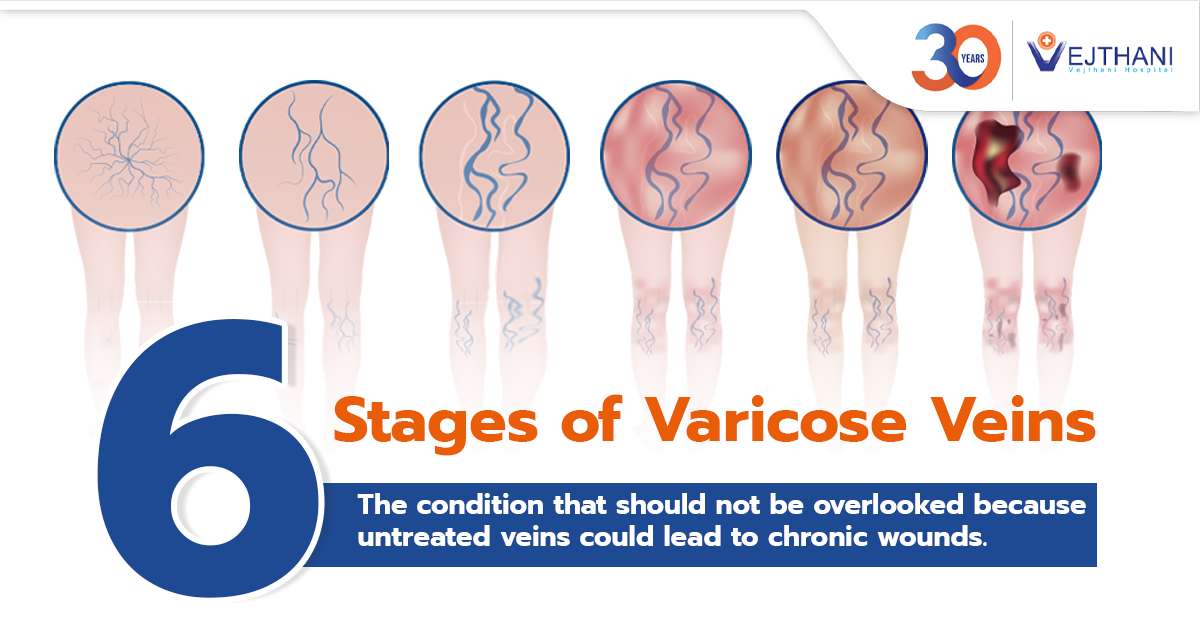
Hip replacement
Overview
A surgeon replaces the damaged hip joint with new ones that are often made of metal, ceramic, or plastic during hip replacement. This prosthetic joint (artificial joint) aids in pain relief and improved function.
Hip replacement, also known as total hip arthroplasty. Hip replacement surgery could be considered if daily activities are disrupted by hip pain and other non–surgical remedies have proven ineffective or are no longer viable. The primary cause for requiring hip replacement is often arthritis–related damage.
Reasons for undergoing the procedure
The following conditions can harm the hip joint and occasionally requiring hip replacement surgery:
- Osteoarthritis. Osteoarthritis, also referred to as wear–and–tear arthritis, affects the slippery cartilage that protects the ends of bones and facilitates joint motion.
- Rheumatoid arthritis. Rheumatoid arthritis, which is brought on by an overactive immune system, results in an inflammation that can destroy joint cartilage and occasionally the underlying bone, leading to damaged and misshapen joints.
- Osteonecrosis. The bone may collapse and deform if there is insufficient blood supply to the ball of the hip joint, which could happen as a result of a dislocation or fracture.
If you have these kind of hip pain, hip replacement may be a possibility:
- The pain continues in spite of taking painkillers
- Gets worse even while using a walker or cane to move around
- Affecting your sleep
- Impairs your ability to use the stairs
- Makes standing up from a seated posture challenging
Risks
The following are some potential risks of hip replacement surgery:
- Blood clots. After surgery, clots can develop in the leg veins. Because a fragment of a clot may separate and move to the lung, heart, or, in rare cases, the brain, this can be harmful. Medication that thins the blood can lower this risk.
- Infection. Both the incision site and the deeper tissue close to the new hip are susceptible to infection. Antibiotics are typically used to treat infections, but a serious infection close to a replacement hip may necessitate surgery to remove and replace the artificial components.
- Fracture. Healthy parts of the hip joint could fracture during surgery. Smaller fractures may be able to heal on their own in certain cases, while bigger fractures may require the stabilization of wires, screws, a metal plate, or bone grafts.
- Dislocation. In some postures, especially in the first few months following surgery, the ball of the replacement joint might pop out of the socket. A brace can assist in keeping the hip in the proper position if it dislocates. To stabilize the hip if it keeps moving out of place, surgery can be required.
- Change in leg length. Even though surgeons take precautions to prevent it, occasionally a new hip results in one leg being longer or shorter than the other. Muscles around the hip may occasionally contract, causing this. In these situations, gradually strengthening and stretching those muscles might be beneficial. After a few months, minor changes in leg length are typically undetectable.
- Loosening. The replacement joint might not become firmly bonded to the bone or might get looser over time, producing hip pain, even though this problem is uncommon with newer implants. The issue might require surgery to be resolved.
- Nerve damage. Nerve damage around the implant site is extremely unlikely. Numbness, weakness, and discomfort can be brought on by nerve injury.
Requiring a second hip replacement
Particularly for patients who undergo hip replacement surgery when they are still young and active, the prosthetic hip components may eventually wear out. You might require a second hip replacement if this occurs. New materials, however, are extending the lifespan of implants.
Before the procedure
Your orthopedic surgeon will examine you before the procedure potentially:
- Enquire about your health history and the latest prescriptions you are taking.
- Check your hip for mobility by testing the strength of the muscles around the joint and the hip’s range of motion.
- Request an X–ray and blood testing. Rarely is a Magnetic Resonance Imaging (MRI) necessary.
Ask any questions you have regarding the procedure at this visit. Find out which drugs you need to stop taking or keep taking the week before surgery.
It’s important to cease using tobacco products because it can prevent healing. Consult your doctor if you need assistance quitting.
During the procedure
You will be required to take off your clothing and put on a hospital gown when you check in for your procedure. Either a spinal block, which numbs the lower half of your body, or a general anesthetic, which induces a state resembling sleep, will be administered to you.
A numbing medication may also be injected by the surgeon into the joint or near it to assist reduce discomfort following surgery.
It will take two hours to perform the surgery. In order to replace a hip, the surgeon must:
- Creates a cut on the hip by navigating through the layers of tissue
- Eliminates bone and cartilage that are afflicted by disease or damage, while preserving the integrity of healthy bone.
- Implants a new socket into the pelvic bone
- Places a metal stem at the top of the thighbone, followed by a new ball.
After the procedure
You will be sent to a recovery area for a few hours following surgery as your anesthetic wears off. Your blood pressure, pulse, consciousness, amount of discomfort, and need for medicine will all be closely watched by medical personnel.
To help keep fluid out of your lungs, you may be urged to take deep breaths, cough, or blow into a device. Your particular demands will determine how long you stay after surgery. Many people are able to return home that day.
Blood clot prevention
Your chance of developing blood clots in your legs will temporarily increase after hip replacement surgery. These actions could be taken to avoid this complication:
- Moving early. Immediately following surgery, you will be urged to sit up and walk using crutches or a walker.
- Applying pressure. You could use inflatable air sleeves or elastic compression stockings on your lower legs during and after surgery. Your legs are compressed and released by the air sleeves. That lessens the possibility of clot formation by preventing blood from collecting in the leg veins.
- Blood–thinning medications. After surgery, your surgeon might advise taking an oral or injectable blood thinner. You may require blood thinners for several weeks following surgery, depending on how quickly you walk, how active you are, and your overall risk of blood clots.
Physical therapy
You can regain the use of your joints and muscles with daily movement and exercise. A physical therapist might suggest strengthening and mobility drills and teach you how to use a walker, cane, or crutches as a walking assistance. You’ll gradually put more weight on your leg as your rehabilitation develops until you can stand up without support.
Outcome
Each individual recovers from hip replacements differently, although three months following surgery, the majority of patients are in good health. Typically, over the first year following surgery, improvements continue.
The new hip joint replacement could enhance your range of motion and reduce discomfort. However, it’s important to have realistic expectations and understand that you might not regain all the activities you could do prior to experiencing hip pain.
Running or playing basketball are two high–impact sports that could put too much stress on an artificial joint. However, most people can eventually engage in lower–impact sports like cycling, golfing, and swimming.



















